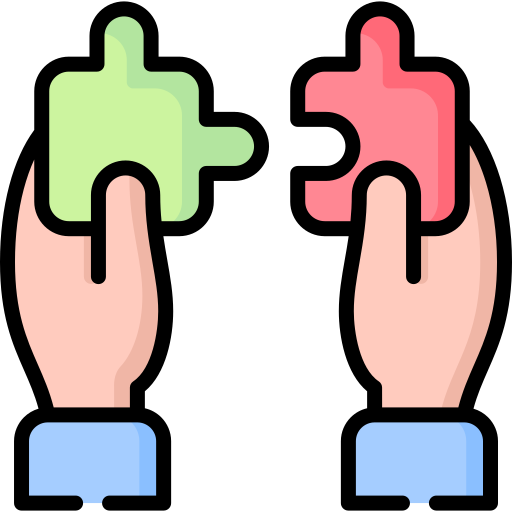Domain-driven design is a software development approach emphasizing the importance of understanding the business domain to design effective software solutions. At the heart of this approach is the idea that software development should be driven by the needs and constraints of the business domain, rather than being driven purely by technical considerations. Understand the business […]

